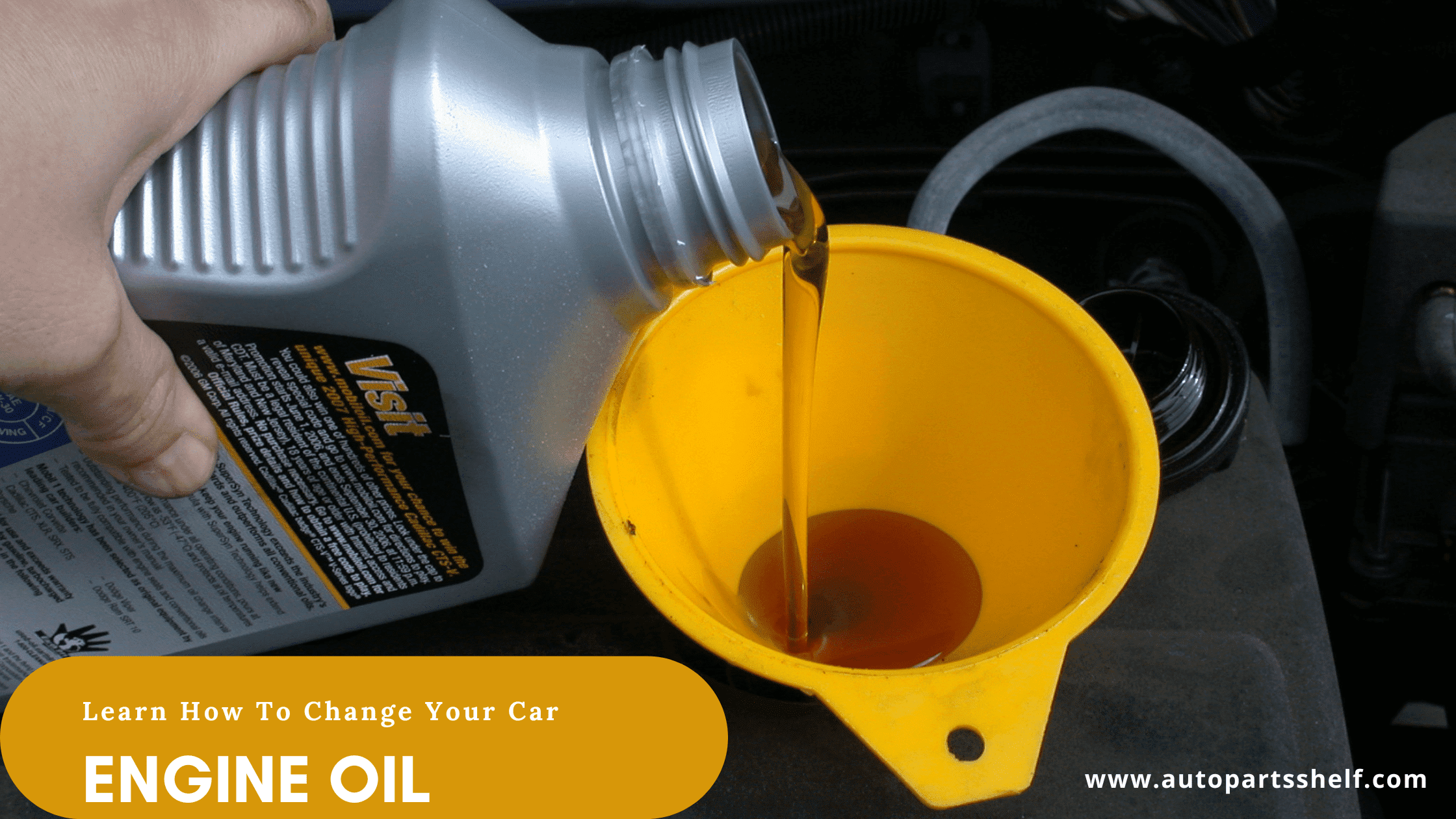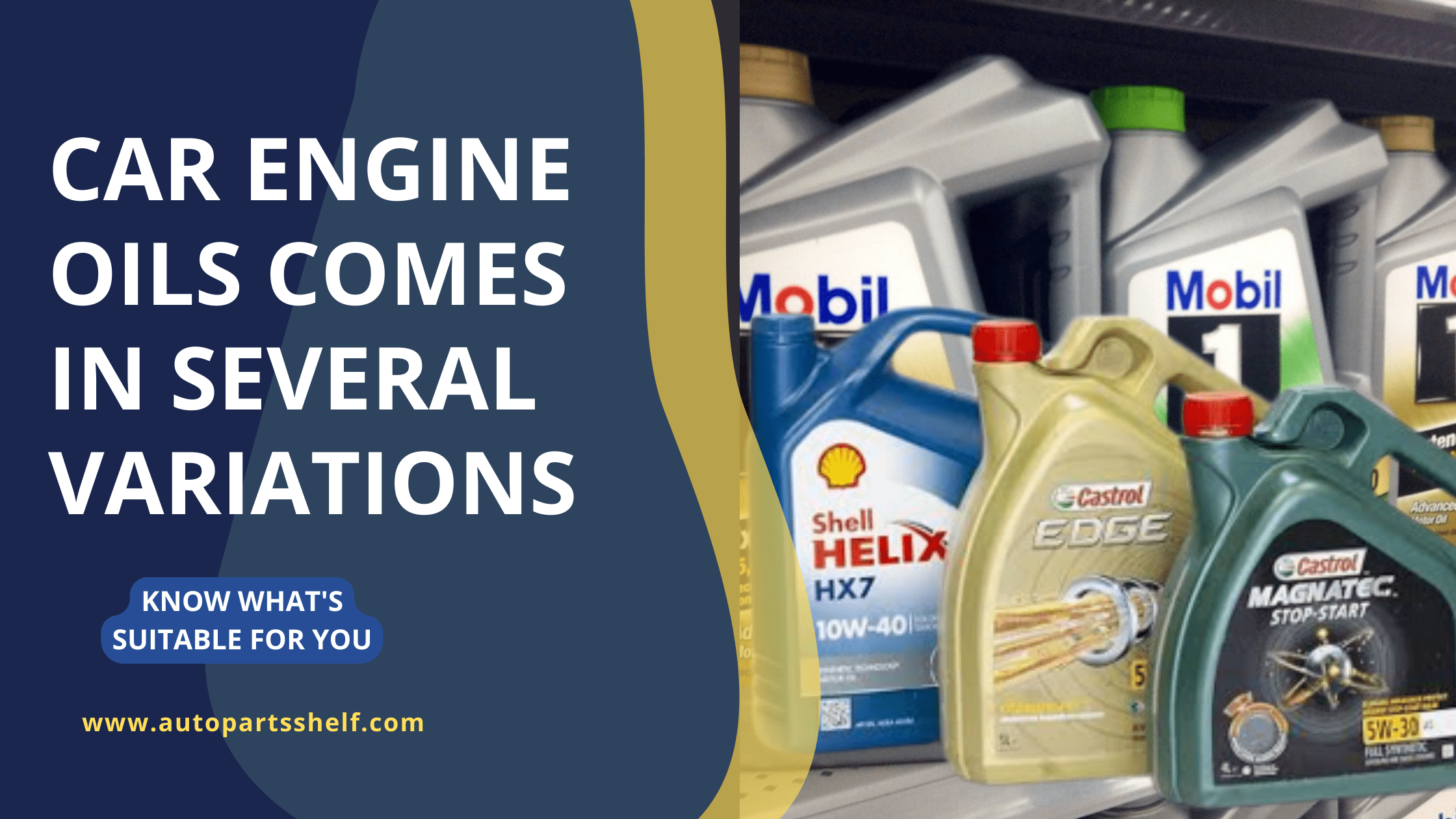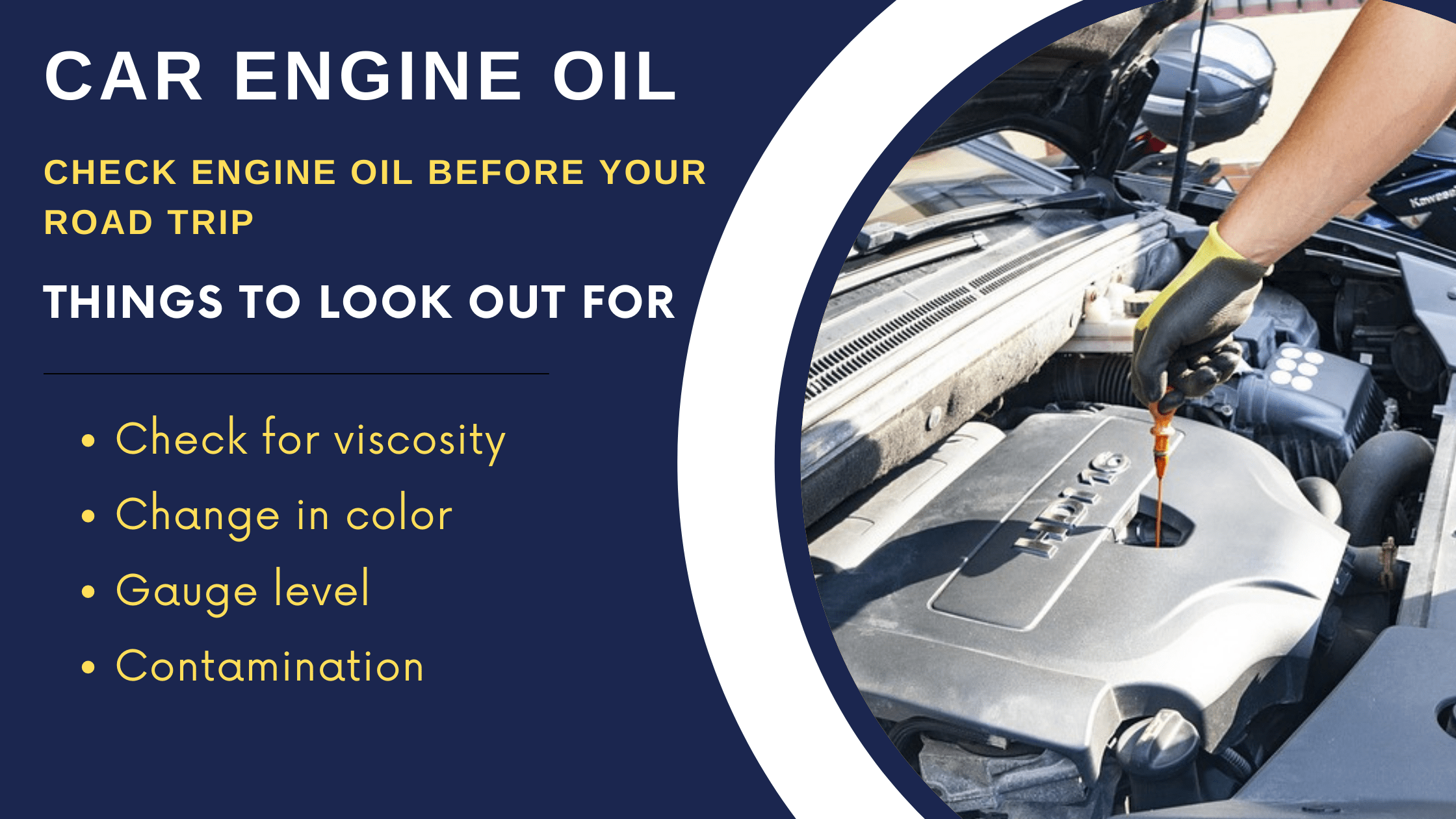
When you drive your car, oil does not just lubricate the engine — it also lubricates you. That’s because when your car reaches a certain point of miles driven, the manufacturer recommends changing its oil. Changing your car’s oil is an important part of regular maintenance, and it doesn’t have to be complicated. With a little bit of preparation and some helpful tips, you can change your oil in about an hour. Here is everything you need to know about how to change your oil.
What is engine oil and why does it matter?
Simply put, oil is like the engine’s moisturizer. It helps prevent parts from rubbing against each other and getting overly dry. But it’s more than just a hydrator — it also acts as a lubricant, a cleaner, and a solvent. As you drive your car, the engine is rotating and creates heat that causes metal parts to expand.
Oil is critical to the function of these moving parts — it keeps them from grinding together as they expand and contract. The level of oil in your car determines how long it can last. If the level is too low, the parts can get too dry. And when parts get too dry, they can break and cause serious damage to your car.
Which engine oil should you use?

There are different types of engine oil. The best place to start is to consult your car manual for information on what your engine requires. Simultaneously, it’s important to understand the key differences between full synthetic, semi-synthetic, and mineral oils.
Mineral Oil
Mineral oil referred to as conventional oil has a low temperature and oxidation resistance. On average, they last 5,000 kilometers. This means you’ll have to change your engine oil more frequently, which will cost you money and time.
However, if your engine is older and has always used mineral oil, continuing to use the oil will still provide beneficial engine protection.
Full Synthetic Oil
Heat and oxidation are not a problem for full synthetic oil. It can go over 10,000 kilometers between oil changes. You won’t need to visit your mechanic as frequently if you have a longer oil change interval.
Because full synthetic oil is more “slippery,” it has better anti-friction properties than mineral oil. It also helps extend engine life by improving engine responsiveness and fuel economy. This is especially helpful if you’re stuck in city traffic.
If your car is brand new and comes pre-filled with synthetic oil, continuing to use synthetic oil can keep it running like new for a long time.
Semi-synthetic Oil
Semi-synthetic oils on the other hand are a combination of mineral and synthetic oils that provide the advantages of both. They are much cheaper yet they last longer than conventional mineral engine oils.
How often should you change your oil?
The most important thing to keep in mind when it comes to oil is the mileage on the odometer. You can look at the manual that came with your car to find out the manufacturer’s recommendation. The general rule of thumb is to change your car’s oil every 3,000 miles/5000 kilometers or 3 months, whichever comes first.
That being said, every car is different. Factors like driving conditions, your driving style, and the car’s age can all impact how often you should change your oil. The best way to get an idea of when you should change your oil is to check the oil regularly.
How And What To Look For When Checking Oil

Regular checking of oil is vital as part of the overall car maintenance program. Before embarking on any journey or drive one must ensure all is well with the oil. A simple exercise like this will help you avoid some of the worst possible consequences of too low oil in the car.
There are several things to look out for when checking the oil. Before you start checking the engine oil you should have an idea of what to expect. After drawing out the oil dipstick you should closely examine the oil.
The oil should be smooth, glossy, and slightly transparent. It’s time for an oil change if it has sludgy deposits or grainy dirt particles. If the oil appears too thick, is too dark (opaque), and/or smells like rotten cheese you also have reason to be concerned.
Here are some of the most important things to look out for:
- The gauge/dipstick level
- Make sure the viscosity is right
- Check for the change in color
- The smell is also an important element in your checking
- Look out for any visible contamination
We have established the importance of checking out your car engine oil regularly, but how does one do it, maybe your question? The exercise is very simple:
You can also use a tool like Oil Life, which tracks the mileage on your oil and alerts you when it’s time to change it. Some cars might have an oil-life monitor built in, so check your car’s manual and start watching the levels now.
How to Change Your Oil: The Tools You’ll Need
– Jack and jack stands – If you’re changing your oil on the ground, you’ll need a sturdy jack and jack stands to lift your car. This will keep you safe and is an essential tool if you’re changing your oil on your own.
– Oil drain pan – An oil drain pan will catch the old oil as you drain it from your car. If you don’t use an oil pan, you could end up with a huge mess.
– Oil filter wrench – The oil filter is the thing that catches oil as it passes through your car, so you need to remove it before you add new oil. This is where you need an oil filter wrench for easy and fast removal of the filter.
– Rubber gloves – You won’t want to touch hot, dirty oil without some rubber gloves. Not only will they protect your hands, but they’ll keep oil off your skin — which is important because some of the chemicals in oil can be harmful if they get on your skin.
– Oil Funnel – You’ll need a funnel to pour the new oil into the engine. Preferably, use a funnel with a long spout to make sure you don’t spill any oil.
– Stiff bristle brush – You’ll want to clean any old oil off the engine with a stiff bristle brush. A soft brush is not only less effective, but it can also scratch your engine.
– Coolant/flush – If you’re doing a full flush you’ll also want some engine coolant/flush to mix with your new oil.
– 10mm Wrench – You’ll need a 10mm wrench to remove your car’s oil filter. A wrench is used to remove your car’s oil filter. Most oil filters have a hexagonal shape at the top, which means you’ll need a wrench to remove it.
– Flashlight – Oil changes get messy, so you’ll want a flashlight to see what you’re doing.
How to Change Your Oil: Step-By-Step Process

– Park your car in a safe place where it won’t get hit by other cars. If possible, park it on a level surface.
– Make sure your car is in the park gear and the engine is off.
– Pop open the hood and put on your rubber gloves.
– Put the oil drain pan underneath the drain plug and remove the plug to let the oil drain.
– Once the oil has drained, remove the oil filter.
– Pour the new oil into the engine through the funnel.
– Screw the new oil filter onto the car. You want to tighten the oil filter with two hands — one to hold the filter and one to turn the wrench.
– Lower your car to the ground.
– Wipe off any excess oil from the engine. – Close your hood and drive away!
After Changing Your Oil
– Drive your car for about 50 miles before you do a quick oil check. – Park your car and pop the hood. – Squeeze the oil filter and see if it feels slippery. If the filter is still dry, you need to change your oil again. – If your car is under 5,000 miles, check your odometer and do another oil change in 3,000 miles.
There are not as many car consumables as important as engine oil in the maintenance of your car. Even when for some reason you are low on your financial resources make sure you don’t neglect to change your car engine oil. Your car engine can easily cease with too low or the wrong oil viscosity.
While not advisable you can just change the engine oil only before visiting your mechanic for a comprehensive car service.
Wrapping Up
Changing your oil is important, and it’s also not very complicated. You can do it at home with a little bit of preparation. Before you start, make sure you have all the right tools, know how much oil your car needs, and know how long you should let the oil drip before putting it in. It’s a good idea to check the oil in your car every once in a while to make sure it stays at the right level. If it gets too low, you could damage your engine, so it’s important to stay on top of it.
